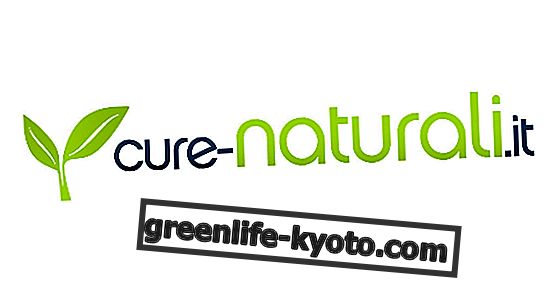
Gout and uric acid: what relationship?
Gout is an inflammatory disease affecting the joints, directly derived from an excessive concentration of uric acid in the blood and therefore in the body.
Uric acid, a natural waste product of cell metabolism, is naturally present in the bloodstream.
Uric acid is produced by the liver following the metabolism of the purines contained in some foods and is disposed of via the urine from the kidneys . Within certain limits uric acid does not lead to the development of gout symptoms, but when it is over a certain threshold it can lead to gout .
The presence of uric acid is detectable in the blood and urine through the appropriate analyzes following the withdrawals.
The presence of excess uric acid in the blood is called hyperuricemia .
Gout and uric acid: the symptoms
The excessive presence of uric acid in the blood leads to gout and related symptoms, such as:
> Joint pain : uric acid crystals form at the joints and cause inflammation, pain, swelling, sometimes to levels that make every slight movement of the affected joint painful.
> Edemas : together with inflammation, uric acid slows down the circulation in areas where it tends to produce crystals and generally slows down blood and lymphatic circulation, especially in the extremities; this determines edema and swelling.
> Deformation of the joints affected by the formation of uric acid crystals.
> Kidney stones : uric acid is disposed of by the kidneys, whose job is to filter the blood; when uric acid in the blood stream is elevated it is not properly disposed of by the kidneys and tends to precipitate and form kidney stones.
Gout and uric acid are closely linked : gout is, in fact, a symptom of the excessive presence of uric acid in the body.
Gout and uric acid: the causes
When the uric acid present in the blood is such as to cause gout the causes can be of various nature:
> Hereditary causes : there are hereditary predispositions to the development of an excessive concentration of uric acid in the blood or to the failed and adequate disposal of the same by the kidneys, and therefore to the development of gout.
> Drugs : some pharmacological treatments may have an excessive production of uric acid as a side effect.
> Feeding : the metabolism of some foods leads to an increase in the production of uric acid, and when an excessive and continuous concentration of uric acid in the blood is not adequately disposed of by the kidneys, it leads to the formation of crystals and the typical symptoms of gout; foods whose metabolism produces high quantities of purines are meat, alcohol, sugars, cured meats and some crustaceans.
> Alcohol, smoking and consumption of acidifying substances .
To limit the concentration of uric acid in the body and therefore to avoid and treat gout, some simple and effective natural remedies against gout can be adopted.













